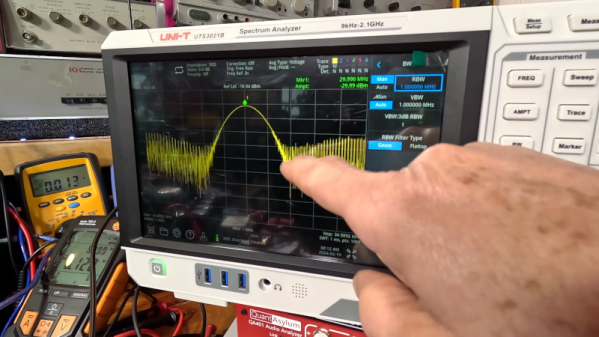Resistive random-access memory (RRAM) is a highly attractive form of RAM, as it promises low-power usage with stable long-term storage, even in the absence of external power. Finding the right materials to create an RRAM cell which incorporates these features is however not easy, but recently researchers have focused their efforts on gallium(III) oxide (Ga2O3), with a research article by [Li-Wen Wang] and colleagues in Nanomaterials describing a two-bit cell (MLC) based around an aluminium-gallium oxide-graphene oxide stack which they tested for an endurance of more than a hundred cycles.

The way gallium-oxide works in an RRAM cell is by forming a conductive filament formed by oxygen vacancies. These vacancies and the resulting conductive path are controlled by an externally applied current via the top (Al) and bottom (ITO) electrodes, with the graphene-oxide (GO) layer acting as a source of oxygen ions.
In related research, [Zhengchun Yang] and colleagues described in a 2020 article in Ceramics International how they constructed a device consisting out of gallium(III) oxide RRAM data storage with a piezoelectric ceramic element that served both as pressure sensor and power supply. The current generated by the piezo element is used to power the memory device and record measurements.
Then there is the somewhat more wild ‘FlexRAM’ idea pitched by [Ruizhi Yuan] and colleagues in Advanced Materials who describe how they created a device consisting out of flexible polymer called ‘EcoFlex’ with pockets in it for a ‘liquid gallium-based metal’ to create a flexible memory device. At millimeter-sized structures it’s hard to see practical applications for this technology, even if the associated PR article in IEEE Spectrum goes pretty hard on breathless speculation.

















